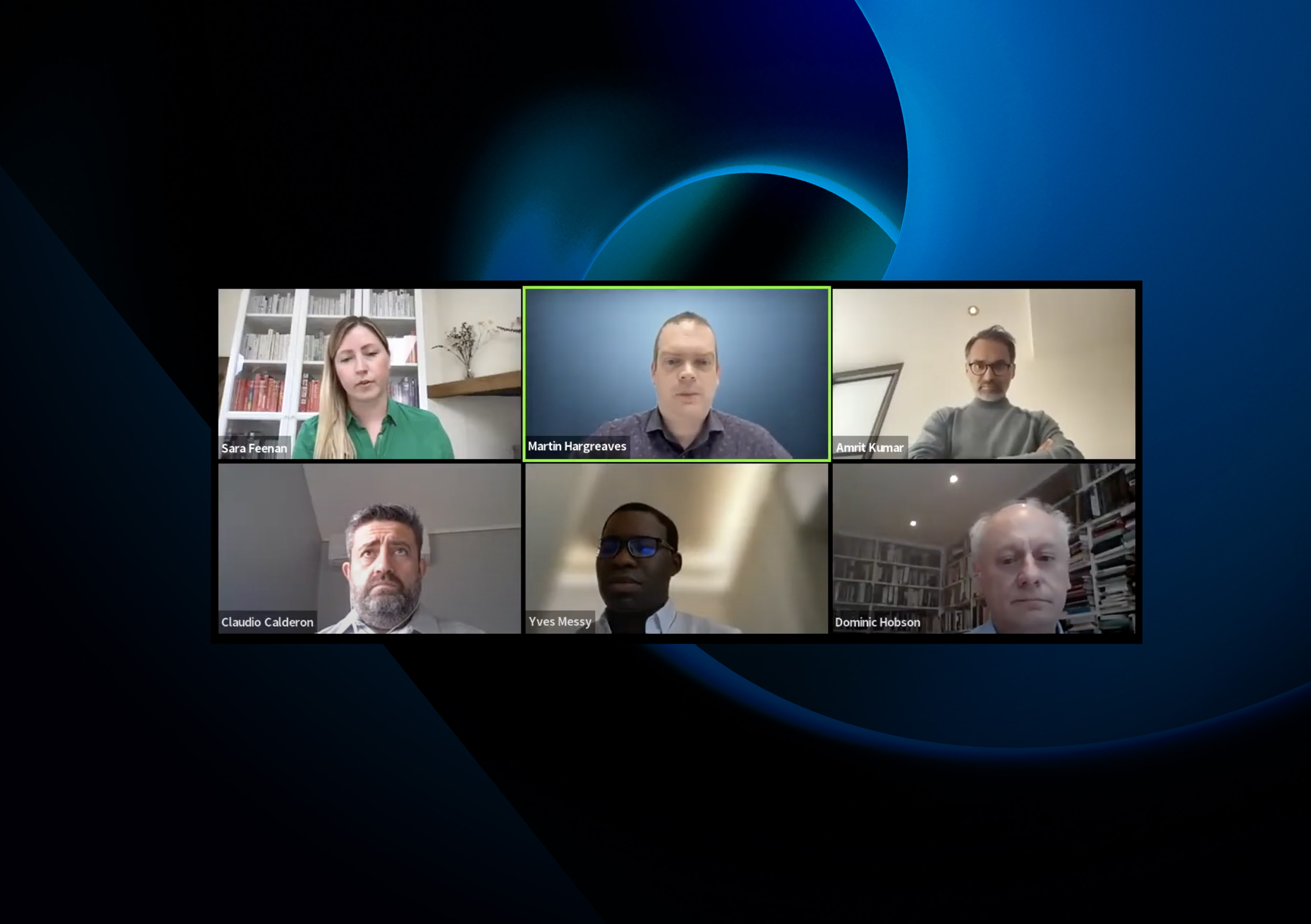An expert panel joined The Future of Finance on 26 May to discuss how blockchain infrastructure is evolving and the all-important role of governance.
Blockchain has emerged over the last fifteen years as a formidable technology to transform how we interact and transact. It can enable trust, transparency and permanence and has the potential to remove intermediaries from processes and create efficiencies. Its infrastructure comprises different networks– private, hybrid or private-permissioned and public blockchains, all used for specific purposes.
To this end, many people have questioned how blockchain and its infrastructure will take shape to become a ubiquitous technology in the future?
To answer this, Martin Hargreaves, Chief Product Officer at Quant, Amrit Kumar, Chairman at Binarii Labs; Claudio Calderón, Strategic Business Project Manager at DCV; Sara Feenan, Senior Product Manager at Infura, part of Consensys; and Yves Messy, Head Tutor at Said Business School, University of Oxford joined panel moderated by Dominic Hobson at the Future of Finance. They debated what’s next for blockchain infrastructure and how it can continue progressing and transforming the way people interact and transact.
Watch the webinar
Read selected excerpts
Dominic Hobson: What is your view on blockchain interoperability, and how do you think it will develop?
Martin Hargreaves: Quant has a focus on solving blockchain interoperability. Right now, many larger blockchain projects assume that they will be the only one [dominant in the future]. Ethereum, Hyperledger and R3 do this to a certain extent. When [these blockchains] talk about interoperability, they usually mean instances of their blockchain designed to be compatible with other specific blockchains.
We are looking at the enterprise space. If you are a company that wants to connect to different blockchains, you are going to have to get engineers for every one of them. Likewise, bridging at the blockchain level is good but technically complex.
We take a slightly different approach, putting a gateway in front of the blockchain. That way, two blockchains can talk to each other through their gateways but also talk to legacy applications and traditional applications through that. That approach surfaces blockchain functionality through an API, making it more consumable for higher-level applications. We can pretty much connect any blockchain to any blockchain that way.
From my point of view, [interoperability] is critical to scaling in the right way. Now, the industry looks like the early days of mini-computers or databases, where everybody’s got their proprietary stack and system with nothing in common. We will need ways for all of these things to talk to each other. We can probably converge on standard, but it’s early days.
Dominic: Several blockchain projects and infrastructures are being built for specific use cases, such as capital markets. Are these just ways for people to use blockchain-driven technology to reduce costs, or are we seeing something very fundamental shifting?
Martin: I think the answer lies closer to your second statement, Dominic. There are certainly some commercial blockchain projects. Also, China’s blockchain service network, the international version of that, is very much just a commercial platform, more or less a blockchain-as-a-service. Many of these networks are experiments—in governance as well.
For example, the LACChain project is not a public network, nor is it a private network. It’s a public-permissioned network. So, anybody can get a node on there. Participants have to sign up for a contract with the legalities for all the countries they support and have legal liability for their transactions and their users. Users can still be anonymous on the network, but they must be known by someone liable. That is very similar to the social structures we have today and how banks and payment systems work.
Some of the key drivers for LACChain are economic development, financial inclusion and digital inclusion. They’ve got 60 to 80 different institutions of different sizes, including many government agencies across the whole region on it, now.
Martin on governance:
Faster Payments went live in 2007 with 11 banks, and it was this way for a long time as there were high entry barriers. The folks involved in the network, actually operating it, also have a role in governance and voting rights.
SWIFT is also member-owned, and it’s the same with a lot of those [blockchain] networks. LACChain has fees to join, and there are voting rights to that. In that way, it looks more like a traditional network. And in conventional networks, the folks that are providing services that connect into the network generally have a decent say in that.




